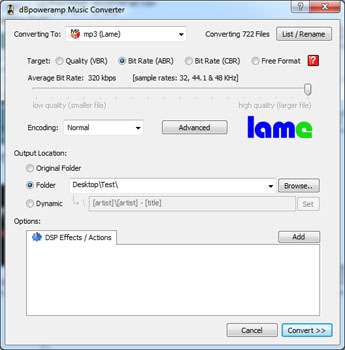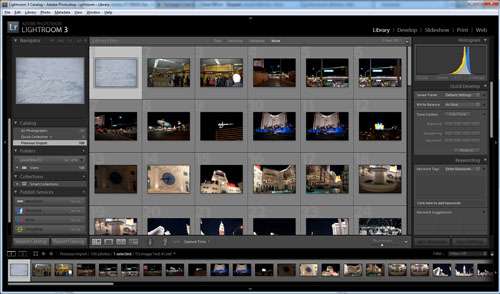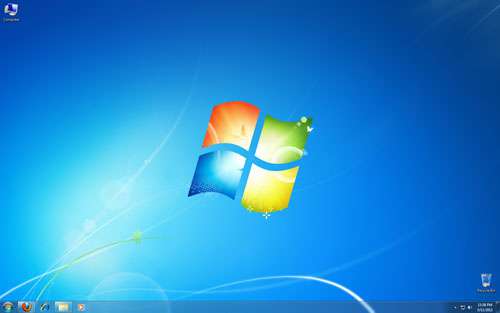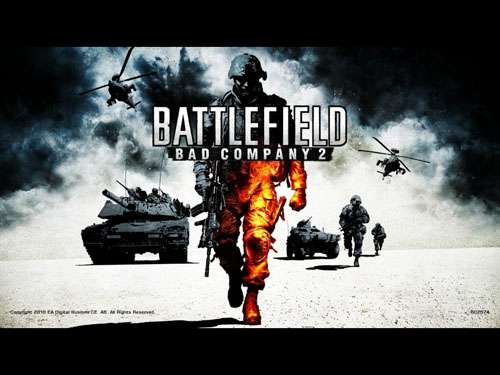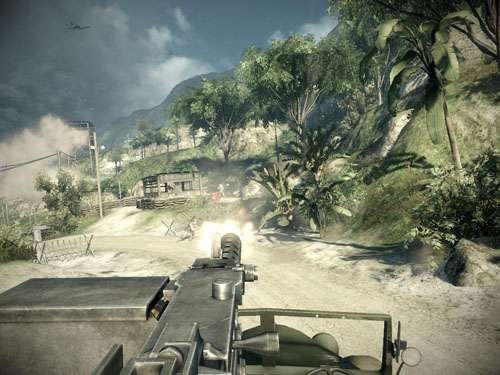- Qualcomm Launches Snapdragon 4 Gen 2 Mobile Platform
- AMD Launches Ryzen PRO 7000 Series Mobile & Desktop Platform
- Intel Launches Sleek Single-Slot Arc Pro A60 Workstation Graphics Card
- NVIDIA Announces Latest Ada Lovelace Additions: GeForce RTX 4060 Ti & RTX 4060
- Maxon Redshift With AMD Radeon GPU Rendering Support Now Available
Intel Z68 SSD Disk Caching Showdown
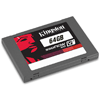
When we tested out Intel’s ‘Smart Response Technology’ last month, we liked what we saw. But at $110 for a 20GB SLC SSD, we wondered if a larger, more cost-effective option could still make the best use of the technology. With that, we’re pitting Kingston’s SSDNow V+100 64GB drive, at $150, against Intel’s, to see if we retain SRT’s effectiveness.
Page 3 – Real-World Results
Our synthetic testing is pretty light but now we get down to business with some benchmarks using applications that could be run by an average user, in turn giving some solid, real-world performance numbers. Our first test is courtesy of dBpoweramp, which allows for music to be converted into different formats while using each processor core (or thread) to work on a separate file. The results below are from converting 100 FLAC files to MP3 using the highest quality settings possible within the application.
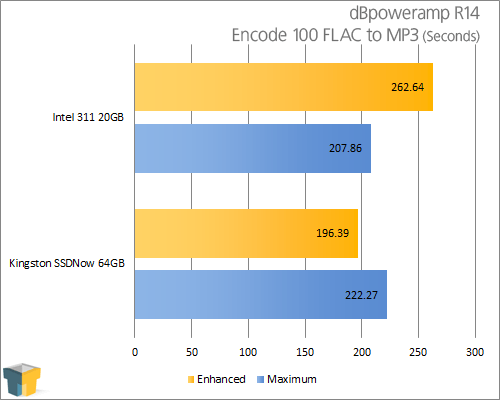
Again, things started out great for the Kingston drive as it shaved off 66 seconds when using enhanced acceleration thanks to the higher read and write speeds. When maximum acceleration was enabled we see results similar to that of the CrystalDiskMark in that they simply do not fall in line with our previous testing. If the results from the Intel drive were any indication, the Kingston drive should have pulled into the lead and offered some great performance numbers, but an increase of almost 26 seconds is another instance of something I can’t explain.
Adobe Lightroom 3.4
Moving on, image conversion is up next with Adobe’s Lightroom. Lightroom was used to convert 100 raw Nikon images (.NEF) into JPEG format at 1000×669 so not only does file conversion factor in, but also scaling.
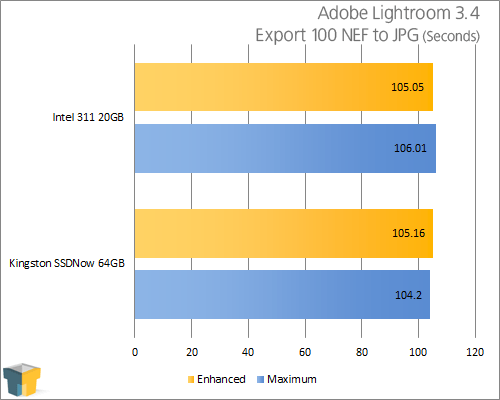
There’s no surprise here. In the first round of testing without any form of acceleration the HDD posted results the same as when the drive was accelerated. Throwing a different SSD into the mix also didn’t affect the time it took to convert the files so this further goes to reinforce the fact that RST is not ideal for all scenarios.
Windows 7 Ultimate Boot Time
Start up, shut down, start up, shut down. Thus is the life of a PC user. When precious seconds can be shaved off of a reboot you’ll be hard pressed to find anybody who will complain. To test both drives, our stopwatch was started when the “Loading Operating System” message appeared and was stopped once the local area connection in the system tray displayed a red X to indicate no connectivity at which time the desktop was then usable. The time during POST was not included since this can vary from board to board.
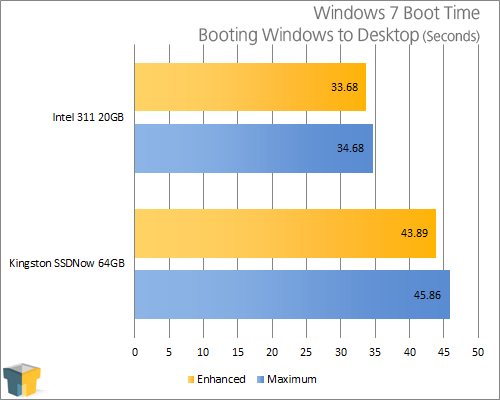
The Intel drive won this one handily coming in 10 to 11 seconds faster than the Kingston drive, which is surprisingly only less than 2 seconds faster than an unaccelerated HDD. An SSD able to process a large number of IOPS will be the key to a speedy start up.
Battlefield: Bad Company 2
Now we come to game testing. To keep things consistent, Battlefield: Bad Company 2 was used again to test load times. From the point the game was launched to when the EA logo came up was recorded since that is the first point at which the keyboard becomes usable.
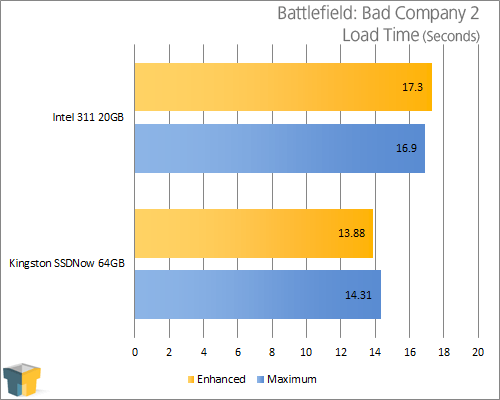
The Kingston drive turned in some really nice numbers, especially when you consider the game took over 20 seconds to load without any form of acceleration. In this instance using a SSD with a fast read speed will have you in-game “pwning noobs” with “leet skillz”, as the kids say, in no time. There’s no joy in Mudville however as this is another instance where things took a step backward when maximum acceleration was enabled by adding almost half a second onto the load time.
The final test looked at any in-game performance increase with acceleration enabled. Just as before, the same section of the first mission was used and has the player manning a .30 calibre gun while the vehicle it’s mounted on flies down a dirt road. This section is guided with static targets so there was very little variation if any.
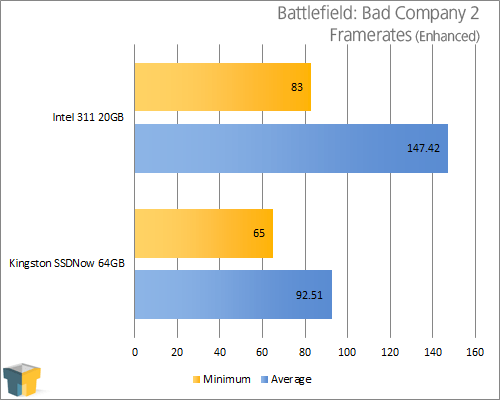
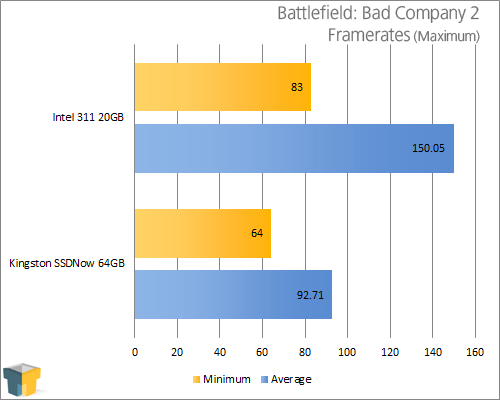
The first round of testing in the original article showed the HDD without acceleration turned in nearly the same results as when accelerated by the Intel drive. When the Kingston drive was used we actually see a decrease in performance. The game is still certainly playable but these numbers just add to the list of unexpected and unexplainable results.
Support our efforts! With ad revenue at an all-time low for written websites, we're relying more than ever on reader support to help us continue putting so much effort into this type of content. You can support us by becoming a Patron, or by using our Amazon shopping affiliate links listed through our articles. Thanks for your support!




